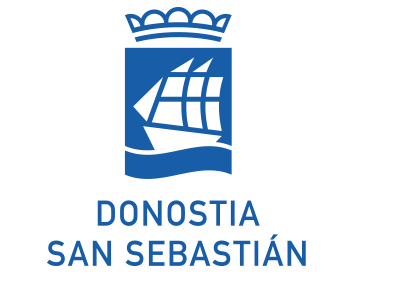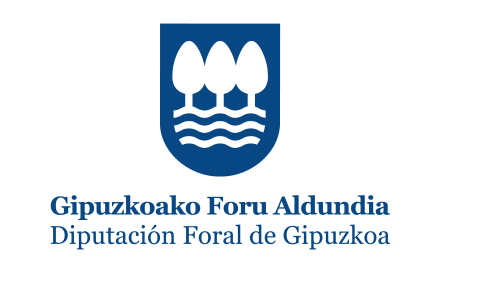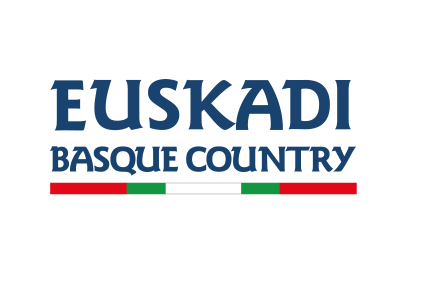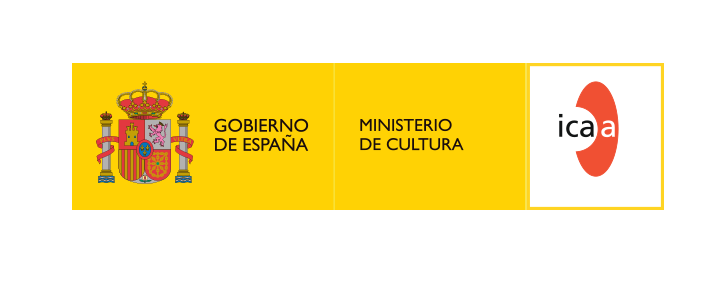YEAR: 2008
ID APARTADO: 22
APARTADO: diario_del_festival
SUBAPARTADO:
SECCION:
TABLE: 1
ID: 497
LANGUAGE: in
MAQUETACION:
TITULO:
RULE: 1
Z365" or "Festival all year round" is the new strategic point of the Festival in which converge investigation, accompaniment and development of new talents (Ikusmira Berriak, Nest); training and cinematic knowledge transfer (Elías Querejeta Zine Eskola, Zinemaldia + Plus, Filmmakers' dialogue); and investigation, disclosure and cinematic thought (Z70 project, Thought and Discussion and Research and publications).
For producers, some lures of Catalonia were highlighted by its tourist ambassador Woody Allen in San Sebastian player Vicky Cristina Barcelona: Gaudi architecture, sun, cutting edge cityscapes.
Others were outlined by Antoni Llado, the director of the Catalan Institute for Culture Industries, and Ferran Tomas, its Audiovisual director general, at a Screen South presentation Monday: financial capital, human capital and a prolific contempo film-making tradition.
With Barcelona as its capital, Catalonia is Spain richest large region. It’s seen a last-decade industry renaissance, part driven by state funding. At Euros25 million ($37.1 million), Catalonia has large regional muscle.
The ICIC, Catalonia’s main subsidy board, can put up to Euros400,000 ($592,400) in pics. That’s for films made in Catalan. But there are some attractive Catalan-language projects in preparation which could, if need be, be structured as international co-productions.
One, Eva, Spain’s first robot film, in the words of director Kike Maillo, was presented by Escandalo and film school ESCAC on Sunday at San Sebastian.
Another, Bruc, First Blood in the Napoleonic Wars, as producer Edmon Roch puts it, is produced by Roch and Jordi Gasull, in Donostia Tuesday to parley production details.
For non-Catalan language co-pros, ICIC coin can come in at around Euros250,000-$300,000 ($370,000$445,000), said Xavier Parache, ICIC film/audiovisual finance director.
Catalan co-productions can expect financing from go-ahead Catalan pubcaster TVC (think Euros200,000Euros500,000), Spain’s national ICAA film board (up to Euros1 million - $1.5 million - for a modest B.O. hit) and nationwide pubcaster TVE (raanging from Euros500,000 - $740,500 - to Euros1.5 million - $2.2 million - for “A” list pics).
Catalonia has quickly run up high production levels. 75 Catalan features were made last year.
“Without human capital and innovation, financial capital doesn’t go far,” said Llado.
The ICIC is keen to hone development skills. “That’s not just screenwriting, but produers learning how to position a film in a market,” said Parache.
The Barcelona Film Comission calculates there’re over 600 production companies and more than 370 services companies in the city.
Tech standards are pushed by Catalan film schools, the ESCAC and ECIB. Almost all key crew on smash hits “REC” and The Orphanage studied there, including ESCAC alum Juan Antonio Bayona, The Orphanage director.
David Marti and Montse Ribe, makeup Academy Awards winners on Pan’s Labyrinth, are Barcelona-based. So are ESCAC alum Bernat Vilaplana, who edited Hellboy II, and Xavier Gimenez, d.p. on Alejandro Amenabar’s Agora.
Barcelona’s Apuntalopospo performed post-pro on Jordi Llompart’s The Magic Tale, Spain’s first large-format 3-D fiction film.
Or foreign producers may just want to have a piece of Catalan production action. Many of the region’s top producers - Mediapro, Filmax, Notro, Eddie Saeta, Zip, Roc’s Ikiru, Escandalo are or have been in town. Connect.
John HOPEWELL
Emilio MAYORGA
Monday to Thursday: from 9:00 a.m. to 3:30 p.m.
Fridays: from 10:00 a.m. to 2:00 p.m.




